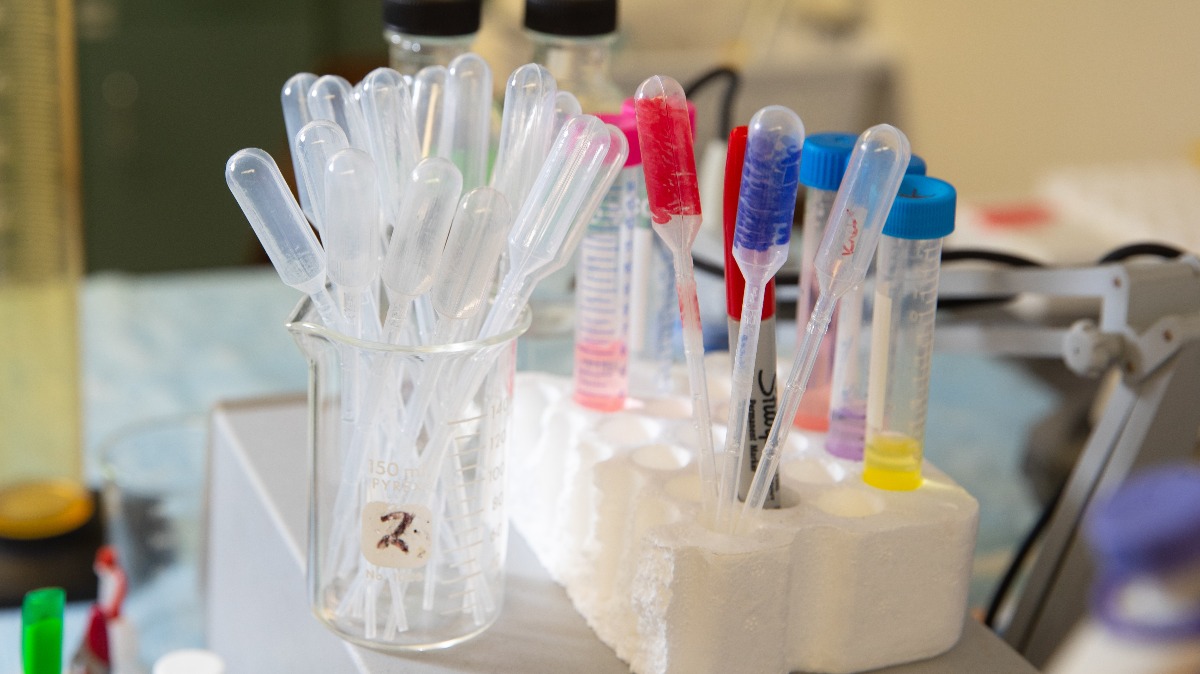As a result of COVID-19, many people have developed an interest in understanding how viruses work over the past year.
Dr. Kartik Ghosh, distinguished professor of physics, has studied this topic for the past decade.
He and other physicists, chemists and biologists started an interdisciplinary group about 10 years ago.
Their research could help scientists discover how to stop the spread of COVID-19 once and for all.
About their research
Ghosh and his group study nanotechnology, or how to manipulate matter at the atomic or molecular level.
Nanotechnology produces materials with tiny particles called nanomaterials.
They investigate how nanomaterials interact with a small scale, biological environment. This is known as nano-bio interactions.
Trap and destroy
When COVID-19 struck, Ghosh’s group contacted the National Science Foundation (NSF) through their Rapid Response Research (RAPID) program.
They proposed a timely use for their research: putting nano-bio materials on personal protective equipment (PPE) devices.
“Any PPE device can trap the virus,” Ghosh said. “The goal is to give the devices the ability to also destroy it.”
All viruses have three components: a protein, a lipid layer and RNA.
Nanomaterials can alter these components to destroy COVID-19.
“Some nanoparticles are more effective at destroying than others,” Ghosh said. “We will use nano composite materials, particularly those with a zinc-oxide and copper-oxide base, to fight the virus.”
NSF provided Ghosh and his group with a grant of nearly $100,000 to help fund their research efforts.
Missouri State’s role
Ghosh and his group will produce the nanomaterials at Missouri State, the place where their research efforts originated.
Their studies at the university will allow them to better understand the virus.
While Ghosh’s group has spread to have members in many other states, it’s prominently centered at Kansas State University (KSU) in addition to MSU.
“KSU will study the biological aspects, particularly whether the materials can destroy or not,” Ghosh said.
Moving forward
Ghosh and his group plan to write proposals for further funding.
They are also contacting companies that could apply this research on a greater scale.
Access Ghosh’s recent interview on STEM Spots for more information about the research efforts.

